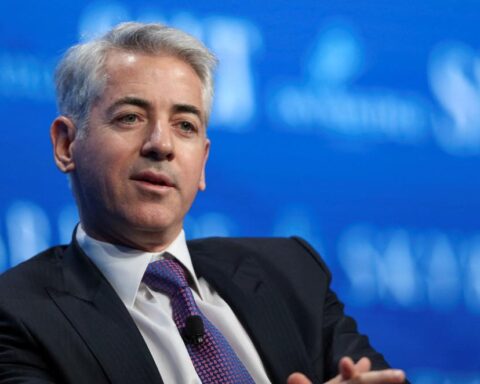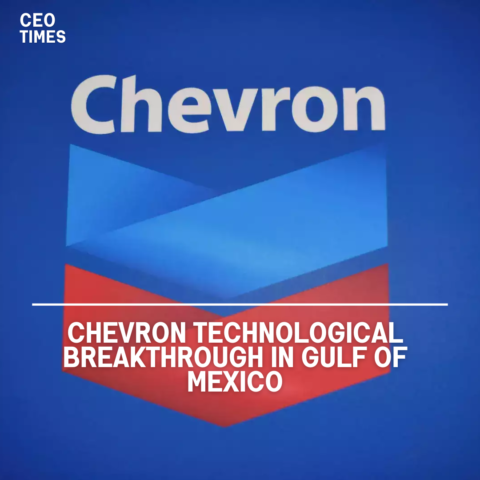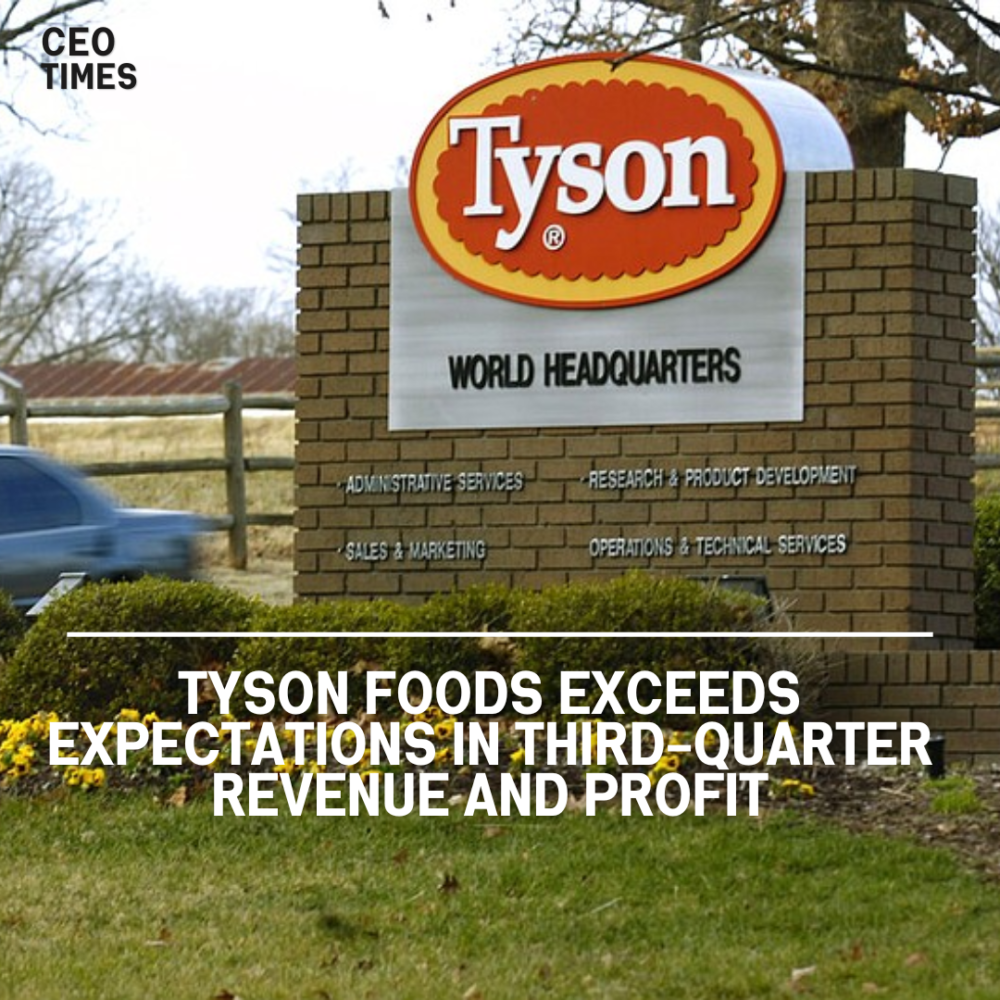Exxon Mobil has outperformed its rival Chevron, reporting a robust $9.2 billion profit for the second quarter. This impressive figure is attributed to the benefits of its $60 billion acquisition of Pioneer Natural Resources and record production in oil fields in Texas and offshore South America.
Production Highlights:
Exxon’s production has two standout areas: the Permian Basin and Guyana. In the Permian Basin, spanning Texas and New Mexico, output has reached 1.2 million barrels of oil equivalent per day—over three times the production from three years ago.
This surge is due to increased production from legacy acreage and additional output from the Pioneer deal, which closed in May. Furthermore, cost cuts, previously estimated at $2 billion annually, have exceeded expectations. In Guyana, production has soared to over 630,000 barrels per day, approximately five times higher than three years ago.
Chevron’s Struggles:
Chevron, in comparison, has faced challenges. With a daily output of 1.1 million fewer barrels than Exxon, Chevron’s growth has slowed. While rising production in Texas provided some relief, issues in Australia hindered overall performance.
Chevron’s $53 billion acquisition of Hess, which targets the same Guyana oilfield as Exxon, has also encountered obstacles. The deal is currently in arbitration due to an arrangement that Exxon claims gives it the right of first refusal. This dispute is expected to continue until at least spring 2025, giving Exxon a strategic advantage.
Risks and Strategic Considerations:
Exxon’s growing dominance in the U.S. oil industry presents opportunities and risks. Despite the appeal of consolidation, it may face challenges in Washington, where oil popularity is already limited. While a potential Republican victory in the upcoming election could shift perspectives, antitrust views remain complex. As Exxon grows, it may attract less sympathy and increased scrutiny.
Additionally, U.S. oil companies, including Exxon, compete against the Organization of the Petroleum Exporting Countries (OPEC), where member nations collaborate. Even with its increased production, Exxon remains small compared to OPEC giants like Saudi Aramco, which produces twice as much daily. In global confrontations, having a strong U.S. rival could benefit Exxon.




















